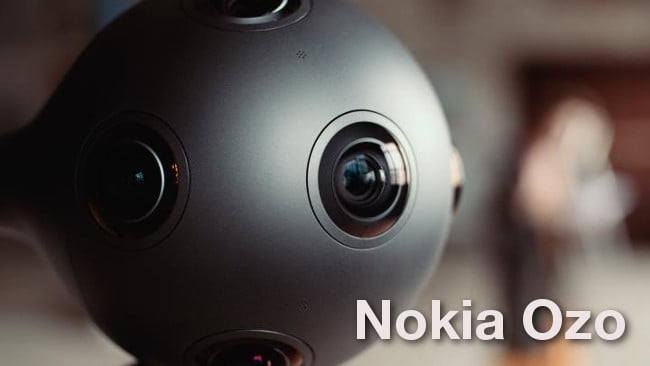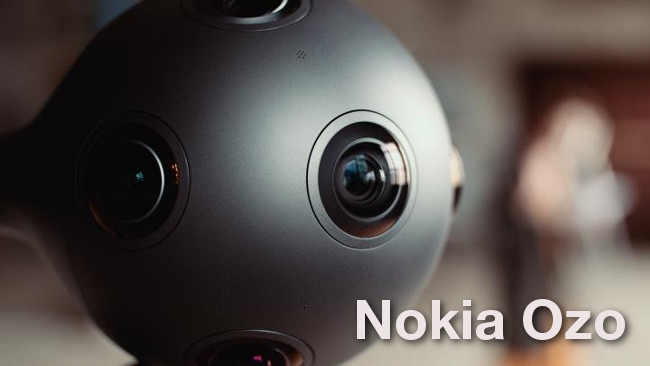
 Nokia Ozo
Nokia Ozo
The part of 'Nokia' that was left after Microsoft's acquisition of its mobile business re-emerges with a camera focused at professional virtual reality filmmaking.
When Microsoft purchased Nokia's mobile division for $7.2bn, it marked the end of an era. Once, Nokia was the dominant brand in cell phones, but the rise of touchscreen smartphones and Nokia's slow reaction to shifting customer preferences precipitated a steep drop from its lofty perch.
The remainder of what was once mighty Nokia, under the banner of Nokia Technologies, consists of the former company's advanced technology development team. Now, that same Nokia Technologies has revealed, out-of-the-blue, a new product that represents a huge pivot from anything we've seen from 'Nokia' and one that should be of interest to anyone investigating live action capture for virtual reality productions.
Ozo teased
This week, Nokia Technologies officially announced Ozo, a spherical device that houses eight cameras and eight microphones. The cameras are synchronized and feature global shutter sensors. The corresponding mics capture spatial sound, which will be helpful by giving a productions a starting point for building immersive audio in post. The company also states that special software for Ozo will enable real-time 3D viewing, "with an innovative playback solution that removes the need to pre-assemble a panoramic image - a time-consuming process with solutions currently in the marketplace."
Friendly competition?
The Ozo joins other VR camera efforts announced in 2015, including GoPro's planned array, the Kickstarter darling, Sphericam 2, and Jaunt VR's proposed unit, which is aimed at high-end virtual reality film production. In a somewhat counter-intuitive turn, Nokia has announced a partnership with Jaunt VR, who has agreed to support the Ozo and use it at its Los Angeles-based live action production house, Jaunt Studios. While it may seem that the companies are working at cross-purposes, it's possible that the two VR cameras from Jaunt VR and Nokia will target different types of users, as the Jaunt system will likely be offered through licensing only, while the Nokia product is for purchase, suggesting a budget separation. And, in these early days of viable virtual reality, the short term risks may be outweighed by the potential long term benefits for both companies: Jaunt VR gets access to another virtual reality capture device to inform its own efforts, while Nokia gets a dedicated VR production studio to help test the Ozo against real world demands.
More details about the Ozo are sure to arrive in the coming weeks, as the camera is slated for a Q4 2015 release. No word on pricing yet, but we'll keep you updated as we learn more about it.
Tags: VR & AR


Comments